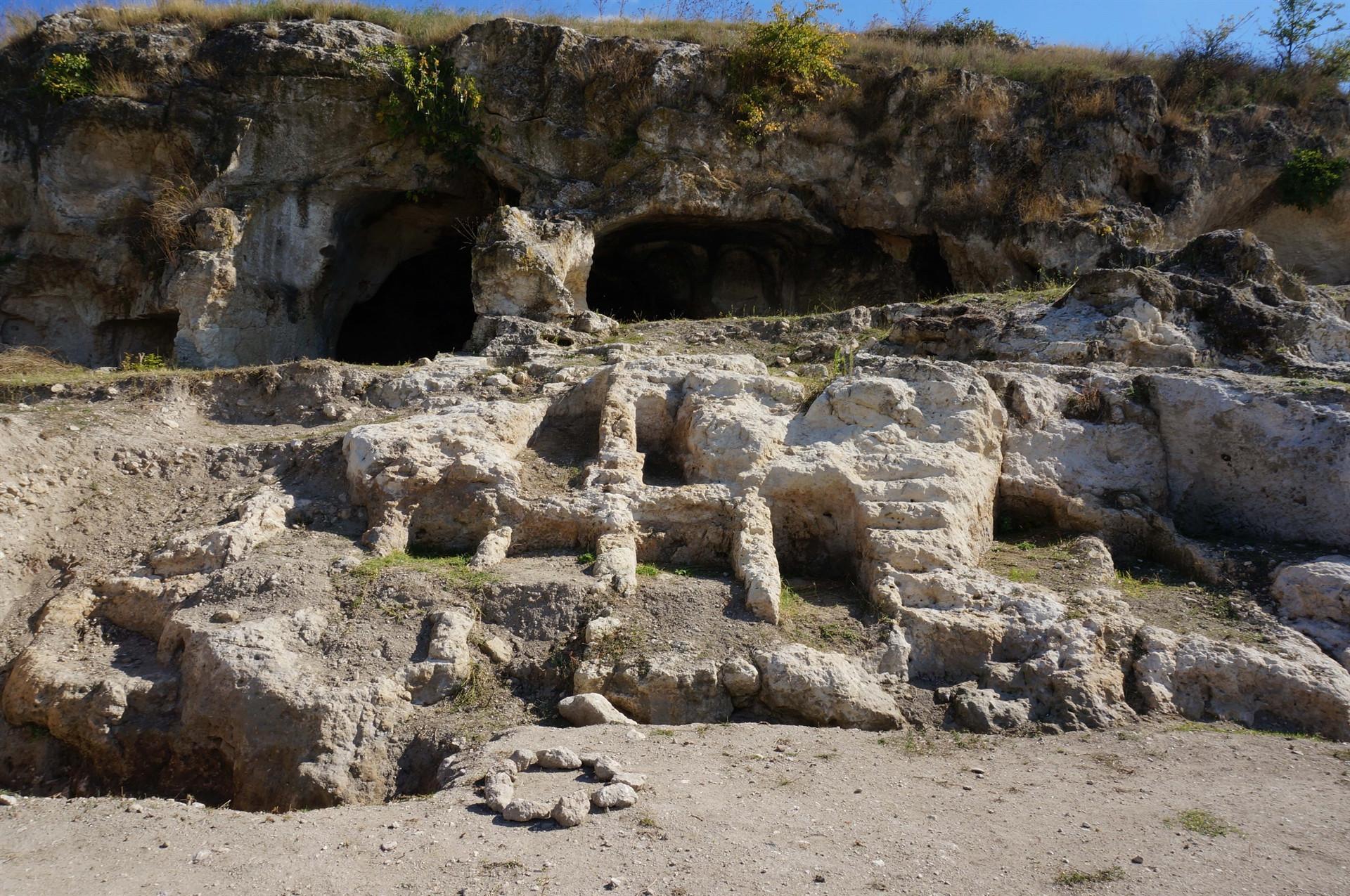
Excavation works in the Sinanköy ancient settlement in the northwestern province of Edirne have unearthed a 1,500-year-old Byzantine church.
Trakya University’s history of art department and the Edirne Museum have been collaborating in the excavations that have been ongoing in the archaeological field in one of the oldest settlements in Thrace, Lalapaşa, which dates back 3,000 years.
Engin Beksaç, the head of the department, is heading the excavation team.
Beksaç said they unearthed the remnants of a 1500-year-old church during the excavations and it has the features of the Byzantine civilization, adding that Sinanköy was one of the oldest settlements in the region.
He said their team unearthed the base of the church, where the footing stones of the building are in good condition.
Within the scope of the works in the field, the team also found the graves of Thracians and wall structures as the field was a castle town.
“This region, which is known as Sinanköy today, is one of the most important archaeological fields in Thrace. Our works reveal that life started in this region in 1,000s B.C. and continued until the Middle Age. This was a castle town and had a very big city settlement. Even though it is known as a castle, this place is a city. It is called Pravado or Prabadon in old documents and its meaning is the ‘sheep of god.’ Our studies here showed the existence of important sanctuaries of Thracians in the region. The recent excavations unearthed rock-carved cube-shaped graves, which were Thracian graves,” Beksaç said.
He said they unearthed a 1,500-year-old church in the field, which has the traces of the Byzantine civilization.
“We know that this place was an important Middle Age, a Byzantine city. It was the largest city in the region after Edirne, which was known as Hadrianopolis at that time. We kicked off excavations six years ago and unearthed structures from the early Byzantine and Thracian periods. We started working again after a two-year hiatus and unearthed interesting findings. Among them is a church. We identified this church with the base bricks up to the ground. Our excavation works will continue in the next years. Findings show us that the church was built in 500s A.D. The first data shows us that this is one of the oldest churches in Thrace,” the professor added.